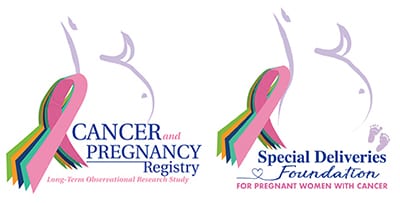Elyce Cardonick, Farhana Irfan, Natalie Torres
ABSTRACT Introduction: Little is known about the effects stem cell mobilizers (GCSF) such as neulasta (pegfilgrastim) or neupogen (filgrastim) during pregnancy, and these are often withheld from women undergoing chemotherapy during pregnancy. Materials and Methods: Women receiving chemotherapy during pregnancy were identified from the Cancer and Pregnancy Registry maintained at Cooper University Hospital, Cooper Medical School at Rowan. 176 pregnant women who received chemotherapy were identified. Their oncologists were asked if neupogen or neulasta were “prescribed when necessary;” “were not necessary;” or “were held due to pregnancy.” Birth outcomes, white blood count at birth and pediatric health were compared between the group receiving Neupogen/Neulasta (exposed) and a control group (unexposed), i.e. chemotherapy without neupogen/neulasta). Independent T Test or Pearson Chi Square were implemented for statistical comparisons. Results: The mean gestational age at delivery was not significantly different between the exposed (35.4 ± 2.8 weeks) and unexposed groups (35.9 ± 2.8 weeks) p = 0.465. The mean birth weights were not significantly different, 2433 ± 567 g (exposed) compared with 2673 ± 723 g in unexposed group, p = 0.07. Nor was there a difference in congenital malformations: 11.7% versus 4.8%. p = 0.22. The incidence of non-iatrogenic preterm births or complications was not statistically different between groups. Mean WBC count in the exposed group was 13.04 ± 5.0 cells per cubic millimeter of blood and in the unexposed group was 14.6 ± 7.2, p = 0.24. Conclusion: We did not find a statistically significant difference in gestational age at birth, congenital anomalies, or birth weight, incidence of long term medical issues, mean WBC or neutropenia at birth between the newborns exposed to Neupogen/ Neulasta with chemotherapy and newborns exposed to chemotherapy alone.
